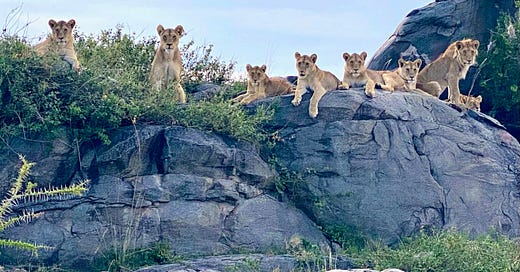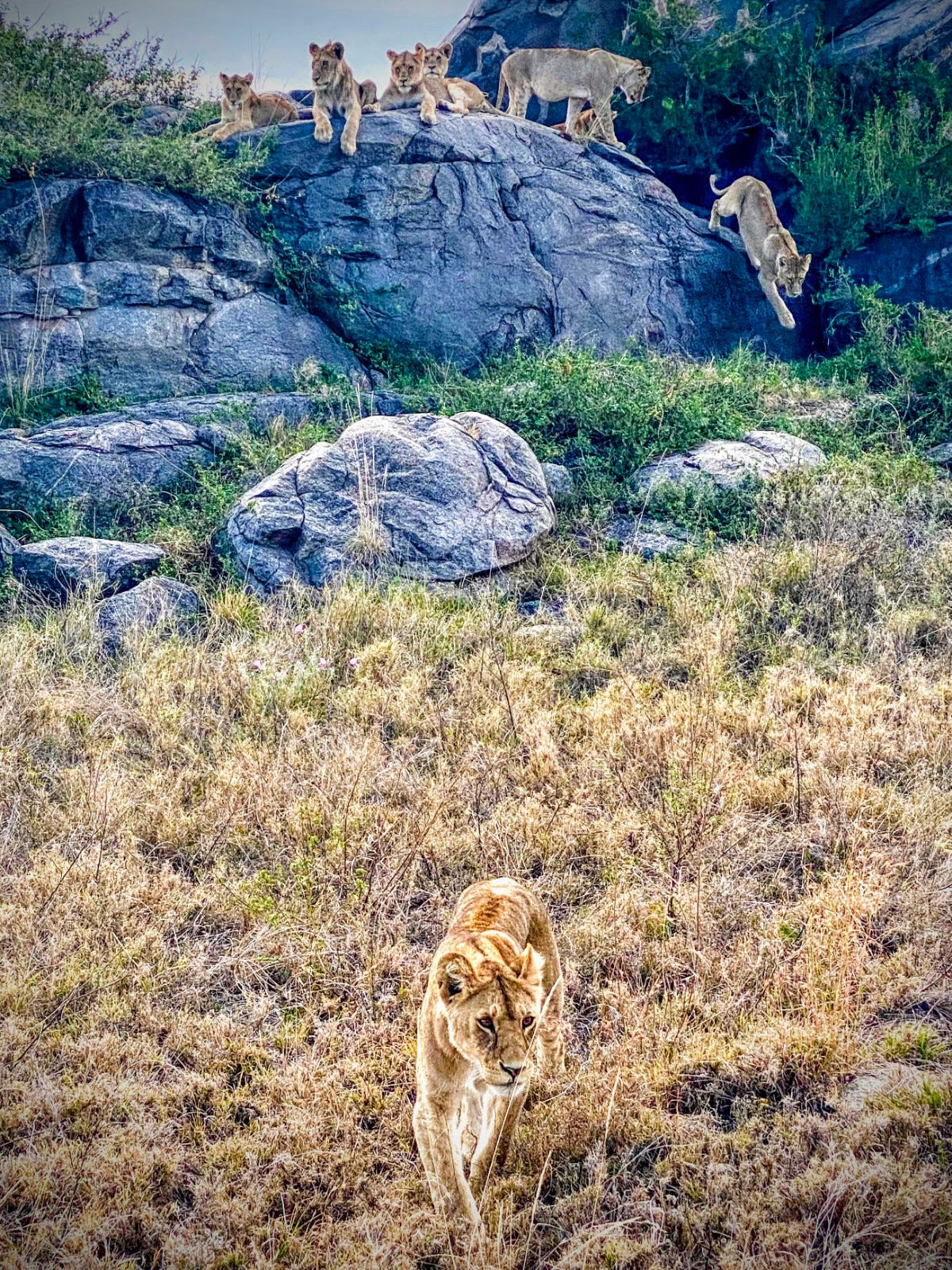The Darwinian Theater of the World's Largest Animal Migration
Witness the breathtaking circle of life in action as predators and prey engage in a timeless dance of survival in the Serengeti plains.
📍 Serengeti, Tanzania
The world's largest animal migration, the "Great Migration," unfolds like Darwinian theater here in Tanzania. Picture two million wildebeest and countless zebras, with elands, impalas, and gazelles joining the cast – all driven by the primal urge to seek fresh grazing pastures. This endless journey draws in the protagonists – predators like lions, cheetahs, leopards, and crocodiles, while vultures, hyenas, and jackals circle, awaiting their share of the spoils. Much of this epic drama plays out within Tanzania's Serengeti National Park, home to "Pride Rock," the setting of Disney's "The Lion King."
For the prey of the Great Migration, life is a delicate balancing act. Zebras, with their adaptable palates, clear the coarser grasses, leaving the tastier, tender shoots for pickier wildebeest. In turn, this symbiosis offers some protection to the zebras, as predators clearly favor the wildebeest. Together, these vast herds embark on a relentless quest for new grazing. From above, their accordion-like movement mesmerized me as an enveloping visual of the sheer scale of their journey.

For these herds of prey, danger lurks at every turn – whether it's colossal Nile crocodiles (weighing up to 750 kilograms) and hippos lurking beneath the murky river waters or big cats crouching in the savanna's tall grasses. Death wears many faces here: the slashing jaws of a lioness, cheetah, or leopard; the crush of a stampede; the treacherous currents of crocodile-filled rivers; or the piercing screech of a vulture, hyena, jackal, or other scavenger circling the spoils. I sensed the surge of adrenaline as the herds made a chaotic dash for survival at the sight of predators.
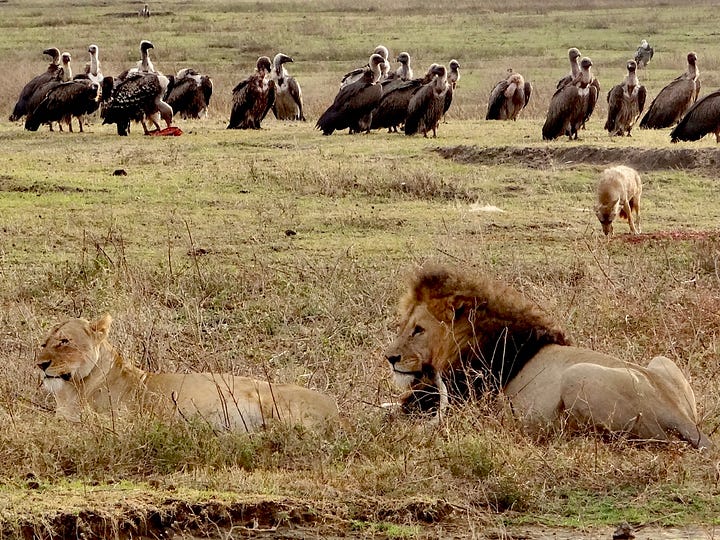
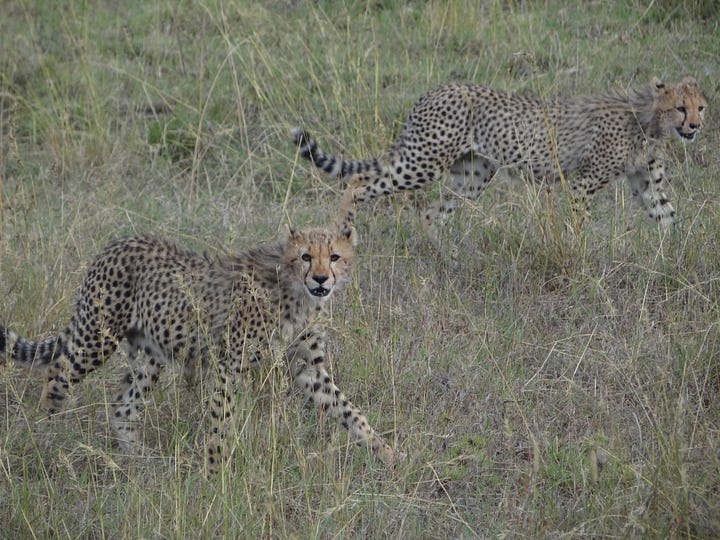


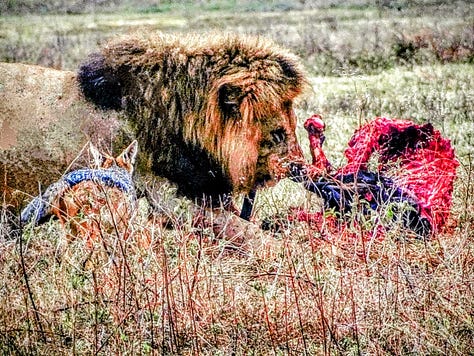



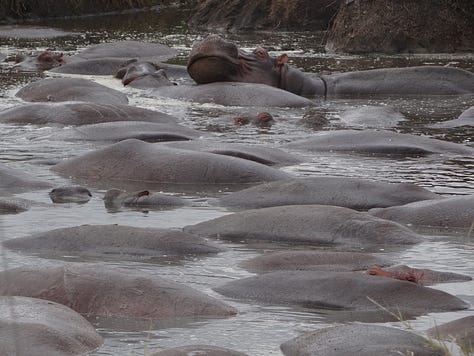

Survival is a cruel numbers game. Of the wildebeest calves born during the January to March calving season (an astonishing 400,000!), only one in three will make the return journey to the Serengeti's southeastern plains. Wildebeest and zebra alike have evolved in this crucible. Calves can walk mere minutes after birth and keep up with the herds within days. These long gestation periods (nine months for wildebeest, thirteen for zebras) give newborns a fighting chance.
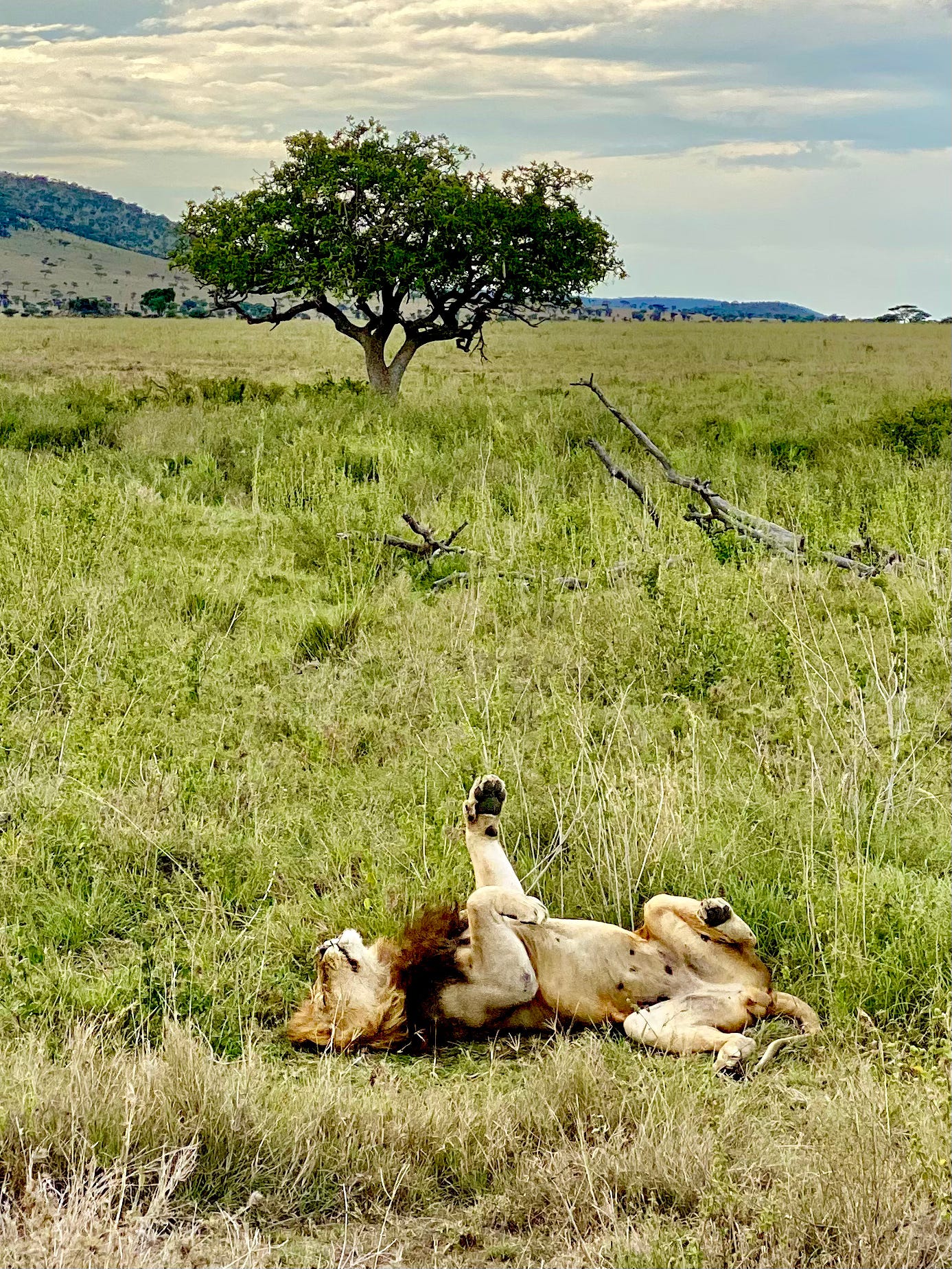
While the prey struggle, predators savor relative leisure. Crocodiles can survive on just one or two wildebeest a year. Lions spend a remarkable 20 hours a day sleeping, hunting every three to four days and gorging on enormous meals. When a male lion's mane ("simba" in Swahili) grows too thick, hindering his stealth during hunts, the females rise to the task while the male focuses on protecting the pride. The prey find safety in numbers, while predators are dominant enough to thrive alone (like leopards) or in small groups (like lions and cheetahs).
Witnessing the Great Migration is taking a plunge into the callous reality of the circle of life. The scene a metaphor for the often-unsympathetic nature of our world, where the resilience of the weak, the leisure of the powerful, and the whims of chance are laid bare.

